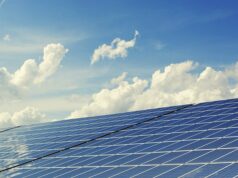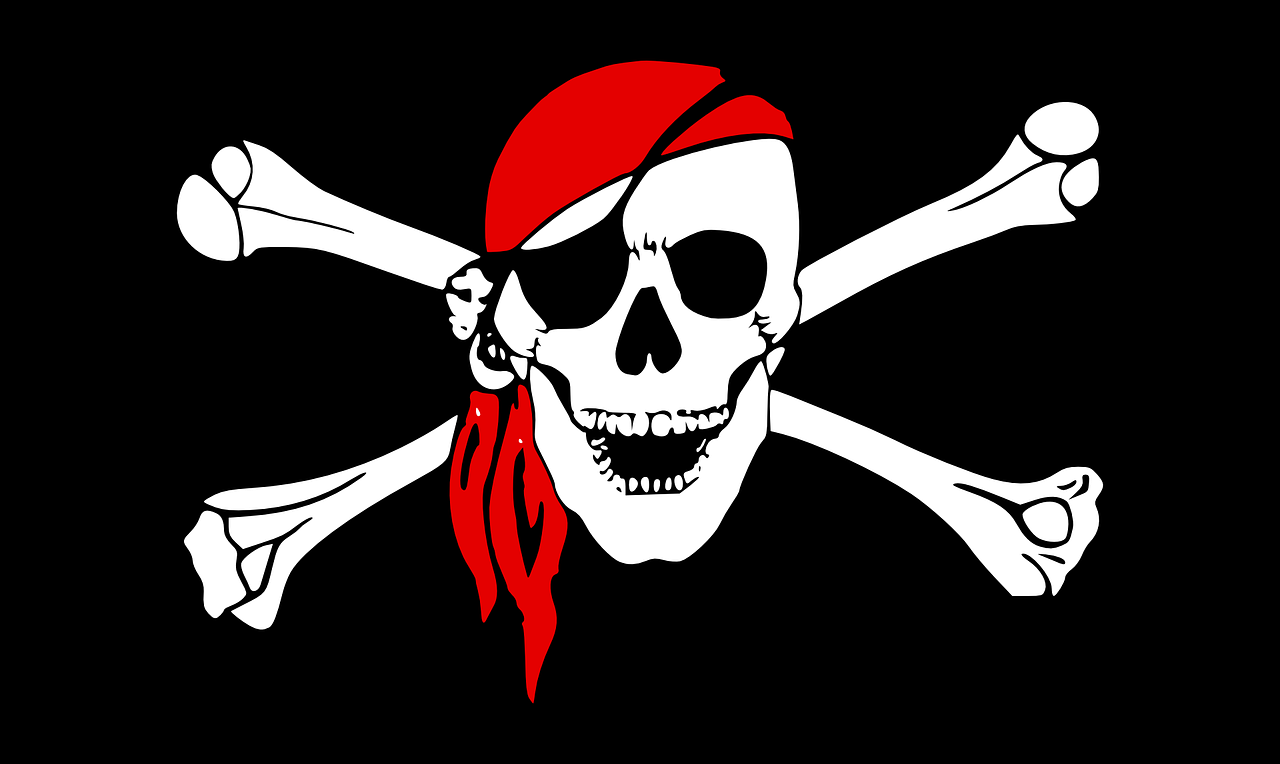
Dirty waters instead of impressive lakes, endangered wildlife instead of biodiversity: The natural paradise of New Zealand is in danger of collapse. This is shown by a recent, large-scale report by the New Zealand government, which has taken climate and environmental protection on the flags.
The „Environment Aotearoa“ is the first significant report on the environment of the supposed natural paradise in four years. The report is based, on the one hand, on data from New Zealand’s statistical office and, on the other hand, that of the Ministry of the Environment.
Its results could not be farther away from the image that the marketing campaign „Pure New Zealand“ attempts to draw using glossy images of unspoiled natural landscapes. Rather, the country is fighting polluted waters, species extinctions, the consequences of urbanization and the spread of the dairy industry.
Birds, dolphins and Co. threatened with extinction
Since the islands were settled by humans about 800 years ago, 75 animal and plant species have died out. Introduced animals such as rats, cats and weasels have caused great damage to the ecosystem: they eat insects, lizards, birds or their clutches. This led to the small community Omaui even wanting to gradually get rid of all cats.
The consequences of environmental pollution and a greatly altered habitat are devastating. The forest, which once covered 80 percent of the country, has shrunk by 2012 to a quarter of New Zealand’s total area, according to the report. Wetlands are 90% dried out. Of the approximately 10,600 identified species, around 3,750 are threatened with extinction. Only a fraction of the species found on the island is known at all.
For 86 species, the risk of extinction has increased dramatically over the past 15 years. Particularly affected is the bird life: threatened with extinction are about 90 percent of seabirds and 80 percent of waders. Of the native only in New Zealand waters Maui Dolphin, one of the smallest members of the Dolphin family, there are now only 63 individuals. Fifty years ago, it was between 1,000 and 2,000.
„Decades of Procrastination and Denial“
The report would reflect the devastating effects of „decades of procrastination and denial,“ Kevin Hague is quoted by Forest and Bird conservation group in the British newspaper Guardian. „New Zealand is losing species and ecosystems faster than almost any other country,“ Hague continued.
A precarious picture is also the numbers on the water quality. This has worsened dramatically over the past twenty years, not least because of the growing dairy industry and over-fertilization of arable land. Almost 60 percent of the wells contained E. coli bacteria and 13 percent contained nitrates. The water of most of the monitored lakes is also in poor condition.
Ardern wants to protect the climate
According to James Shaw, who is New Zealand’s climate change minister, the consequences of the climate crisis would already be felt through increased sea levels and higher air and water temperatures. According to the report, a large proportion of polluting CO2 emissions are due to livestock and dairy farming. For the government of Social Democratic Prime Minister Jacinda Ardern, climate and environmental agendas have the highest priority.
Environment Minister David Parker said the report would bring „no big surprises“. Rather, he makes it clear how important the cleaning of waterways and the goal by 2050, „to be carbon neutral“ are. „If New Zealand can not handle the environmental issues with all its benefits, then it will not make the world,“ said Parker.
The environmentalist Hague, quoted in the Guardian, criticizes that the reality is much worse than shown in the report. Thus „dangerous heat waves“ in the sea as well as the lack of a necessary marine protection would not be considered. „We need an economy that protects our environment, not one that destroys it,“ says Hague.



